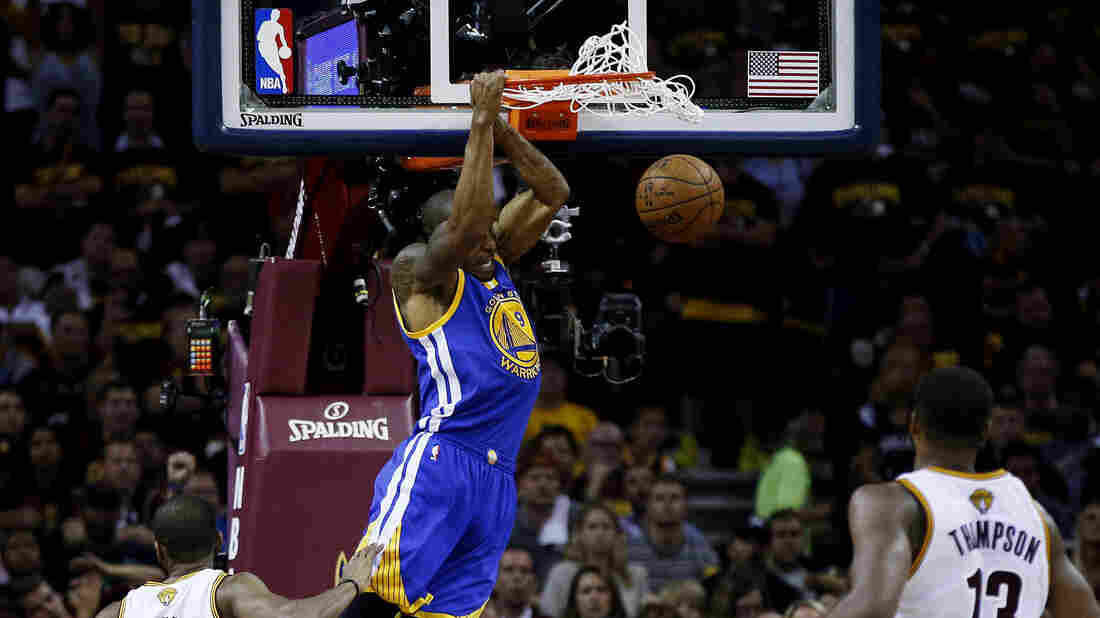Today in Movie Culture: Chris Pratt Pranked, 'True Detective' Movie References and More
Here are a bunch of little bites to satisfy your hunger for movie culture:
Prank of the Day:
Polish pranksters SA Wardega scared Chris Pratt with dinosaurs, which shouldn’t be so easy after Jurassic World (via World Wide Interweb):
[embedded content]
Movie Trivia of the Day:
In honor of the opening of Pixar‘s Inside Out this week, here are some things you probably don’t know about the Toy Story movies:
[embedded content]
Cosplay of the Day:
This cute couple dressed as Astrid and Hiccup from How to Train Your Dragon — now they just need some dragons. (via KamiKame):
Easter Eggs of the Day:
With the second season of True Detective hitting HBO this weekend, take a look at all the movie references in the first season (via Press Play):
[embedded content]
Fan Film of the Day:
With Marvel vs. DC – The Ultimate Crossover, Saruhan Saral gives us a crudely animated look at a movie that you know will happen one day (via Geek Tyrant):
[embedded content]
Fan Art of the Day:
From former DreamWorks animator Jason Porath’s series of “Rejected Princesses,” here’s a proposal for a Disney feature on Filipino guerilla fighter Kumander Liwayway, whose life he describes as being John Hughes turned Quentin Tarantino. See more of the series at Design Taxi.

Star Wars of the Day:
“Akbar’s Eleven” mashes Return of the Jedi and Ocean’s Eleven for a parody of the upcoming Star Wars Anthology: Rogue One (via Cinema Blend):
[embedded content]
Vintage Image of the Day:
Vilmos Zsigmond, who turns 85 today, shooting Close Encounter of the Third Kind. Note Devil’s Tower in the distance.

Movie Spoof of the Day:
Two cats redo the famous shower scene from Alfred Hitchcock‘s Psycho (via The A.V. Club):
[embedded content]
Today’s Anniversaries:
Blues Brothers premiered 35 years ago, Alfred Hitchcock‘s Psycho premiered 55 years ago and Walt Disney‘s Lady and the Tramp premiered 60 years ago. Watch the original trailer for the animated feature below.
[embedded content]
Send tips or follow us via Twitter:
and
This entry passed through the Full-Text RSS service – if this is your content and you’re reading it on someone else’s site, please read the FAQ at fivefilters.org/content-only/faq.php#publishers.





.jpg)
.jpg)
.jpg)




